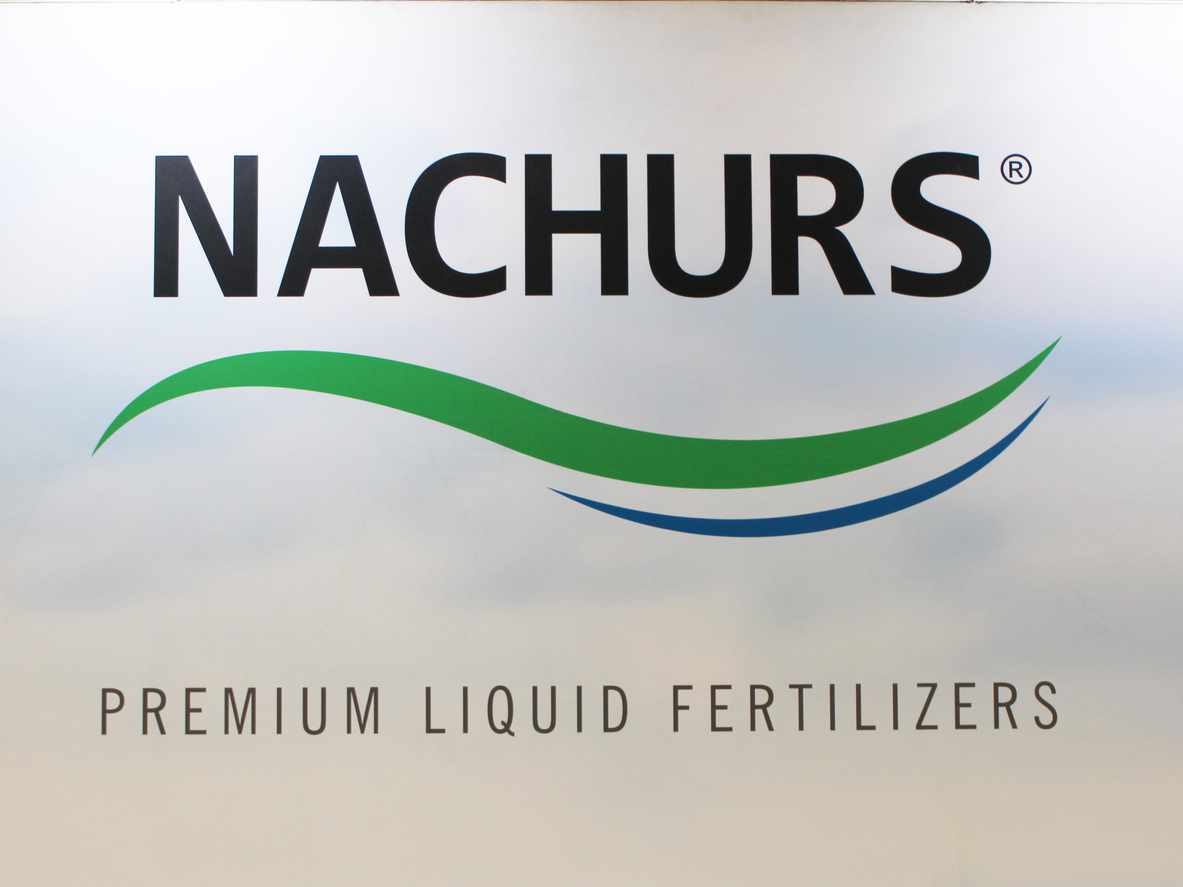AgroInsights- Regenerative Ag
The Importance of Salt

Kyle Myers, District Sales Manager for Idaho, Utah, Nevada
We hear a lot about salts and more specifically salt indexes. I would like to discuss the importance of salt, and the effect it can have on the transportation of nutrients from the soil medium. As salt levels increase, we start to see a reduction in our lateral root system hindering a plant’s ability to absorb water and nutrients. The lack of surface area poses an issue because a plant can only absorb what it can touch and that which is soluble.
Excess salts can cause cracks along the outside layer of the root system exposing the plant to parasites allowing pathogens to enter. Using fertilizer with lower salt indexes would decrease the amount of salt introduced into our soils. After which, the risk for root damage would decline leading to a reduced risk of potential inoculum sites into the plant. This would lead to an increase in plant health simply because there is less salt.
A reduction in salt leads to a reduction in pesticide applications. In some cases, there is a whole system centered around a pesticide to kill the fungus or pathogen rather than placing emphasis on improving soil health and proper plant nutrition. Many diseases are caused by prior plant injury. By limiting plant injury from a fertility standpoint, we can then reallocate those dollars that would otherwise be spent on a pesticide application.
As we look at low salt fertilizers, more specifically liquid fertilizer, we start to see the value of these efficiencies. What makes liquid fertilizer so effective is not the product itself but what it does for the whole system. A lower salt index reduces the risk of injury to a crops root system allowing for a reduction in pathogens entering the plant. The reduction in salts improves soil biology instead of hindering the colonization of fugal and bacterial groups.
An energy source in conjunction with a low salt index is second to none when looking at stimulating soil biology. This energy source can help stimulate microorganisms to convert insoluble soil nutrients into available plant nutrients. The activity of microorganisms in the soil produces carbon dioxide as a by-product which combines with water forming carbonic acid which helps solubilize soil minerals for plant use. There are many different energy sources that occur naturally and some we can use as a carrier in liquid fertilizers. A good example of fertility paired with an energy source would be the NACHURS Bio-K® line. By use of this technology, NACHURS Bio-K products effectively stimulate the fungi allowing for a greater solubilization of nutrients from the organic matter in the soil.
To conclude, the salt in our soil affects the plant’s ability to uptake nutrients and resist parasitic and fungal diseases. Using a fertility source that has a lower salt index allows us to reduce the salt load on a per application basis. As we focus on the salt load in a particular product it is important to consider the carrier used as an energy source. This creates larger colonizing forming units of soil biology stimulating microorganisms so that they can solubilize minerals making them available to the plant. Thus, prompting a long-lasting regenerative approach to providing a crop with the nutrients needed to grow while supporting the whole system.
Contact your local NACHURS® rep or retailer for more information.












